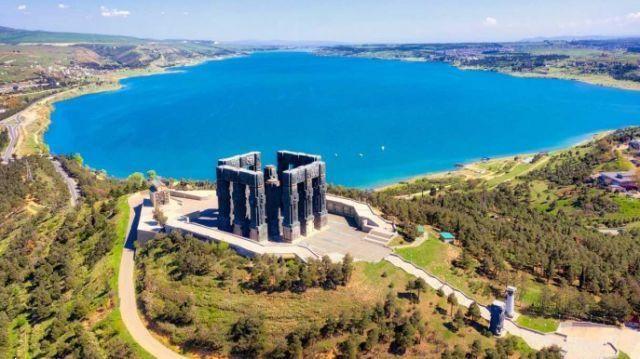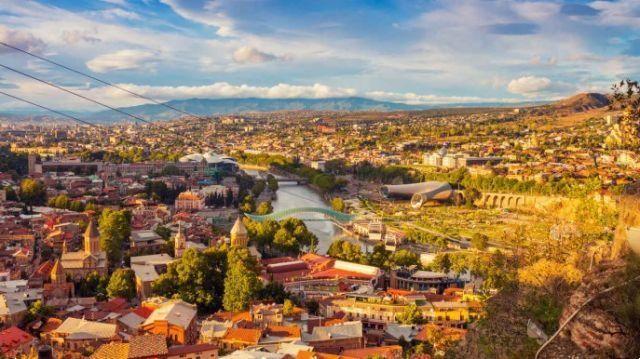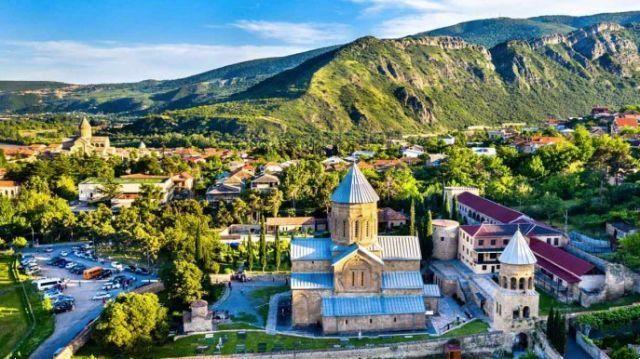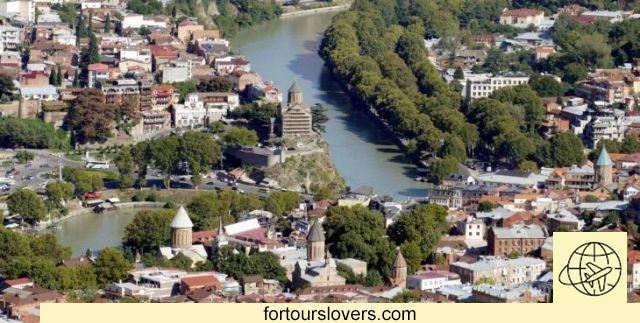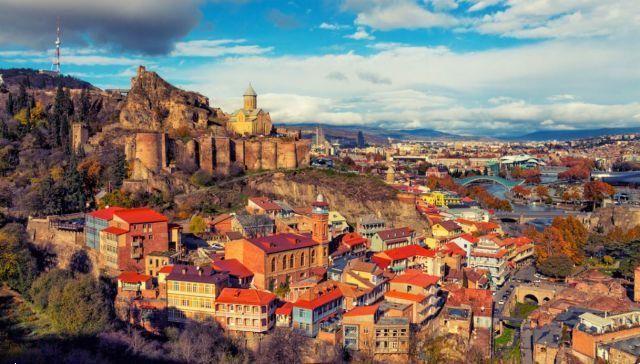 A trip to the capital of Georgia, the ancient and surprising Tbilisi, a crossroads of cultural and religious influences in the heart of the Caucasus.
A trip to the capital of Georgia, the ancient and surprising Tbilisi, a crossroads of cultural and religious influences in the heart of the Caucasus.
Tbilisi it is the fascinating capital of Georgia, which, with a population of over one million inhabitants, is also the main urban center of the former Soviet nation. This beautiful city is crossed by the Mtkvari river and is characterized by an ancient history, which has its roots in the first centuries AD, when the ruler Vakhtang I Gorgasali founded Tbilisi in an area previously immersed in the forest.
La capital of Georgia represents the perfect fusion between East and West, between ancient and modern: its streets tell of an ancient and progressive stratification of cultural influences and pollinations, still traceable in the historic buildings and ruins scattered across its territory.
The national history of Georgia is very complex and troubled: immersed in the landscape context of the mountain ranges of Caucasus, Georgia has been crossed by a constant and intense passage of numerous civilizations, very powerful and influential, which have left traces of themselves without however erasing the local identity. It was located on the northern route of the infamous Silk Road and its splendid and fertile territory was able to keep its culture and language intact, equipped with a truly peculiar alphabet.
The architecture of the capital is a fascinating fusion of styles, from Byzantine to Middle Eastern, from neoclassical to art nouveau, and obviously the influence ofsoviet architecture.
Tbilisi features countless historic buildings of great charm and profound cultural value for Georgia. The oldest part of the city has a properly Georgian architectural and stylistic structure, while some areas developed in the nineteenth century have a decidedly European appearance.
The most important monument in the city is certainly the fort of Narikala, which surmounts the entire capital with its majestic walls. Originally made in the 4th century AD. and gradually rearranged and restored, due to the damage caused by fires and earthquakes, the fort also contains the church of San Nicola, in which there are frescoes depicting the history of Georgia. The oldest religious building in Tbilisi is the Anchiskhati basilica, originally built in the 6th century AD, dedicated to the Virgin Mary and the famous Orthodox icon of Ancha, depicting Christ the Savior.
In the 20th century the city was affected by a great artistic and architectural flowering which saw the emergence of new styles and currents, among which the main one was certainly art nouveau which, however, was later supplanted, with the advent of communism, from the architecture of the regime, of which we find a complete and eloquent example inBiltmore Hotel, built in 1938 and which originally housed the Marx-Engels-Lenin Institute.
Other buildings in the capital of great interest are undoubtedly the Georgian National Opera and Ballet Theatre, whose establishment dates back to 1851, characterized by a vaguely Arabesque and eclectic architecture, and the Rustaveli National Theatre, which owes its name to the important Georgian man of letters Shota Rustaveli. The building, built at the end of the 19th century, is characterized by a Baroque and Rococo style and is one of the most important theaters in Georgia.
The capital of Georgia is characterized by a mild, temperate and rather humid climate; it is full of charm by virtue of the magical meeting between East and West, a melting pot of infinite cultural contaminations, religious and linguistic: don't miss the opportunity to stroll through the streets of this ancient city, fully enjoying an atmosphere unique in the world.




